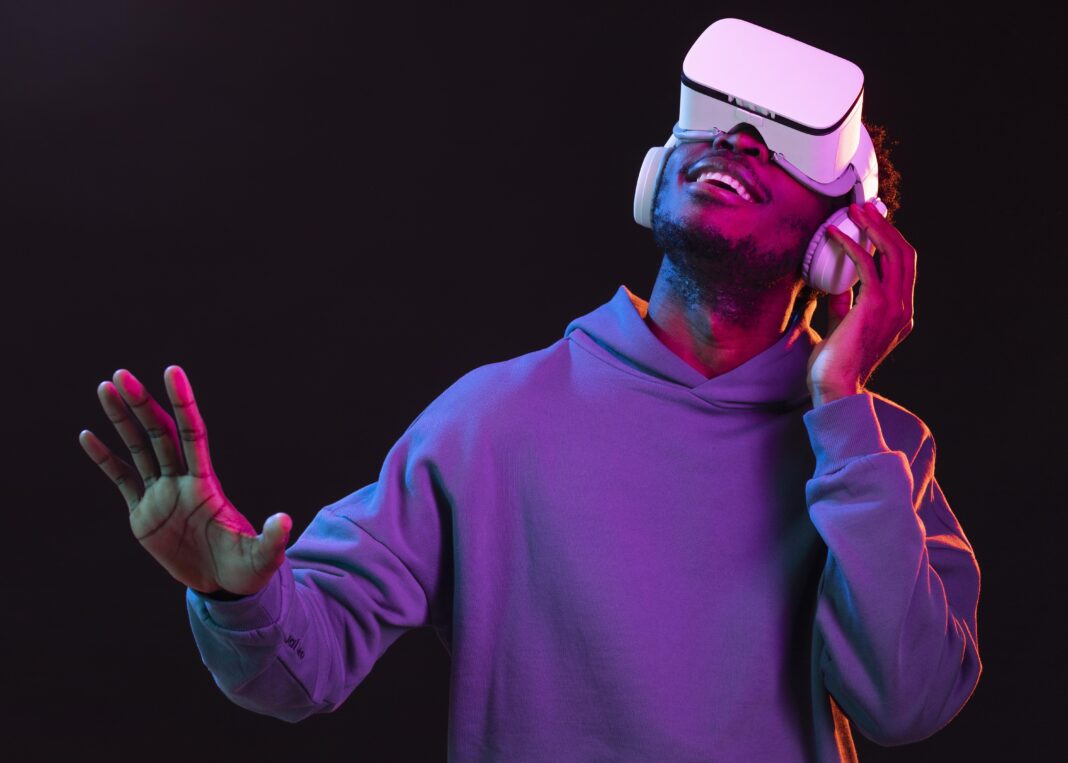The metaverse is reshaping digital interaction, offering developers a new frontier for innovation. Unlike traditional software development, building for the metaverse requires expertise in immersive technologies, decentralized systems, and real-time 3D environments. This article provides an in-depth exploration of how developers can capitalize on the metaverse, covering technical requirements, monetization strategies, emerging trends, and potential roadblocks.

The metaverse is not a single platform but a network of interconnected virtual worlds where users interact in real time. Developers play a crucial role in shaping these digital spaces—whether through gaming, social experiences, virtual commerce, or enterprise applications. By understanding the unique demands of the metaverse, developers can position themselves at the forefront of this technological shift.
1. Understanding the Metaverse: A Developer’s Perspective
What Exactly Is the Metaverse?
The metaverse is a persistent, shared digital universe where users interact via avatars, engage in virtual economies, and experience immersive environments. Unlike traditional online platforms, the metaverse emphasizes:
- Persistence: Worlds continue to exist even when users log off.
- Interoperability: Assets and identities can move across different platforms.
- Real-Time Interaction: Social and economic activities happen without delay.
Core Technologies Powering the Metaverse
For developers, mastering these technologies is essential:
A. Game Engines (Unity & Unreal Engine)
- Unity: Preferred for mobile and AR/VR applications due to its lightweight framework.
- Unreal Engine: Ideal for high-fidelity graphics and large-scale virtual worlds.
B. Blockchain & Smart Contracts
- Ethereum, Solana, Polygon: Enable NFT ownership and decentralized applications (dApps).
- Smart Contracts: Automate transactions (e.g., virtual land sales, NFT royalties).
C. Extended Reality (XR) Development
- Virtual Reality (VR): Oculus, HTC Vive, and PlayStation VR require specialized SDKs.
- Augmented Reality (AR): Apple’s ARKit and Google’s ARCore for mobile-based metaverse apps.
D. Cloud Computing & Scalability
- AWS, Azure, Google Cloud: Host large-scale virtual environments.
- Edge Computing: Reduces latency for real-time interactions.
2. Key Opportunities for Developers in the Metaverse
A. Virtual Real Estate Development
Virtual land is a booming market, with platforms like Decentraland and The Sandbox selling parcels for millions. Developers can:
- Design Customizable Spaces: Build virtual stores, event venues, or residential areas.
- Monetize Through Rentals: Charge users for access to premium locations.
- Host Live Events: Concerts, conferences, and exhibitions generate revenue.
Case Study: A developer created a virtual shopping mall in The Sandbox, leasing storefronts to real-world brands like Nike and Gucci.
B. NFT-Based Asset Creation
Non-fungible tokens (NFTs) allow true digital ownership. Developers can create:
- Wearables & Skins: Customizable avatar outfits sold as NFTs.
- In-Game Items: Weapons, vehicles, or tools with real-world value.
- Digital Art Galleries: Artists display and sell NFT artwork in virtual spaces.
Technical Requirement:
- Ethereum (Solidity) for NFT smart contracts.
- IPFS (InterPlanetary File System) for decentralized asset storage.
C. Social & Enterprise Metaverse Applications
Beyond gaming, the metaverse has real-world business applications:
- Virtual Offices: Remote teams collaborate in 3D workspaces (e.g., Microsoft Mesh).
- Education & Training: Medical students practice surgeries in VR simulations.
- Virtual Tourism: Explore digital replicas of real-world landmarks.
Example: A startup developed a VR onboarding platform for corporate training, reducing costs by 40%.
3. Essential Tools and Technologies for Metaverse Development
A. Programming Languages
- C# (Unity): Best for cross-platform AR/VR apps.
- C++ (Unreal Engine): Required for high-performance graphics.
- JavaScript (WebXR): Enables browser-based metaverse experiences.
B. Blockchain Development Frameworks
- Web3.js, Ethers.js: Connect dApps to blockchain networks.
- Hardhat, Truffle: Smart contract development and testing.
C. 3D Modeling & Animation
- Blender: Free, open-source tool for asset creation.
- Maya, 3ds Max: Industry-standard for professional-grade models.
D. Cloud & Backend Infrastructure
- AWS Sumerian: Simplifies AR/VR deployment.
- Nakama: Open-source server for multiplayer games.
4. Challenges and How to Overcome Them
A. High Hardware Requirements
- Problem: VR headsets and powerful GPUs are expensive.
- Solution: Optimize for WebXR to support low-end devices.
B. Interoperability Issues
- Problem: Assets often don’t transfer between platforms.
- Solution: Use OpenXR and cross-chain NFT standards.
C. Security Risks in Decentralized Worlds
- Problem: Smart contract vulnerabilities can lead to exploits.
- Solution: Conduct audits using CertiK or OpenZeppelin.
5. Future Trends Developers Should Watch
- AI-Generated Content: NPCs with advanced conversational abilities.
- Haptic Feedback: Touch-enabled VR gloves for deeper immersion.
- Regulatory Changes: Governments may impose digital asset laws.
FAQ
Q1: Do I need VR experience to build for the metaverse?
No. Many projects use desktop or mobile interfaces. Start with WebXR for browser-based experiences.
Q2: How profitable is metaverse development?
Freelancers earn 150–150–300/hour. NFT projects can generate passive income via royalties.
Q3: What’s the easiest platform for beginners?
Roblox Studio or Unity (with Meta’s Presence Platform) offer low-code options.
Conclusion
The metaverse offers developers unparalleled opportunities—from virtual real estate to NFT marketplaces. Success requires mastering 3D design, blockchain, and real-time networking. Start small, experiment with open-source tools, and stay ahead of emerging trends.
Next Step: Build a prototype—a virtual store, NFT game, or VR workspace—to test your skills.

